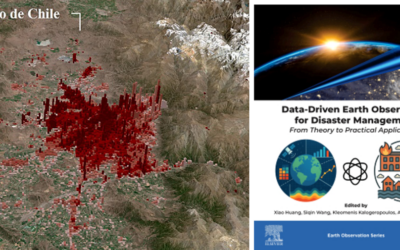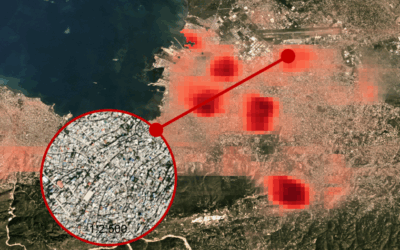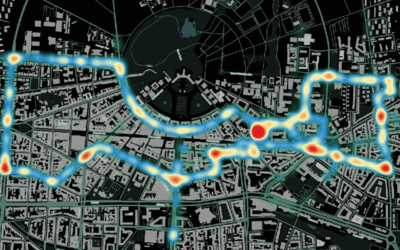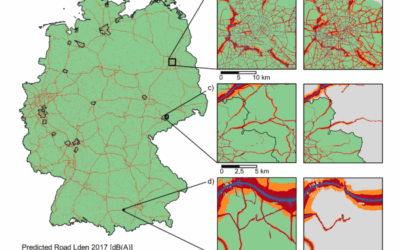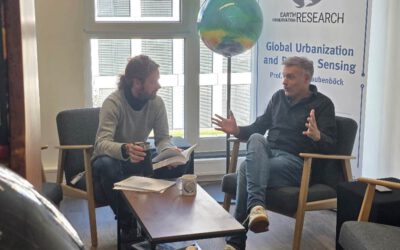Researchers from the German Remote Sensing Data Center (DFD) of the German Aerospace Center (DLR), the Tandon School of Engineering of the New York University (NYU), the Department of Geography of the Rheinische Friedrich-Wilhelms-University in Bonn and our Earth Observation Research Cluster (EORC) of our Julius-Maximilians-University in Würzburg teamed up for a study on a hybrid Bayesian deep
learning framework with integrated uncertainty quantification to enhance building damage assessment after a disaster. The paper titled “BayeSiamMTL: Uncertainty-aware multitask learning for post-disaster building damage assessment“ was just published in the International Journal of Applied Earth Observation and Geoinformation by Victor Hertel, Omar Wani, Christian Geiß, Marc Wieland and
Hannes Taubenböck.
Here is the abstract of the paper: Accurate and timely building damage assessment (BDA) is critical for effective disaster response and recovery. However, existing machine learning approaches in this context do mostly not account for uncertainties, which are essential for ensuring trustworthy and transparent results. This study introduces a hybrid Bayesian deep learning framework with integrated uncertainty quantification to enhance BDA, thereby making model predictions more reliable and interpretable. We propose BayeSiamMTL, a novel Bayesian Siamese multitask learning architecture that combines deterministic segmentation of building footprints with probabilistic change detection for damage level classification. By encoding model parameters as probability distributions and utilizing variational inference with Monte Carlo approximation, BayeSiamMTL produces pixelwise posterior predictive distributions, providing detailed insights into both damage predictions and their associated uncertainties. Our analysis explores key aspects of Bayesian modeling and, to our knowledge, is the first to provide quantified insights into the model’s classification dynamics, revealing internal decision-making tendencies and sources of uncertainty. Additionally, we introduce confidence-informed damage maps in the form of stratified probabilities of damage clusters and minimum/maximum damage extents delineated from confidence intervals. Model performance is evaluated across multiple datasets to assess the impact of domain shifts and out-of-distribution samples. Experimental results show that BayeSiamMTL not only achieves a performance advantage over its deterministic counterpart but also exhibits significantly better generalization capabilities under domain shifts with a relative performance improvement of 42 %. While background pixels represent the primary source of confusion across all damage levels, our findings indicate that building destructions are more frequently confused with intact buildings rather than among varying degrees of damage.
Here is the link to the full paper: https://www.sciencedirect.com/science/article/pii/S1569843225004066?via%3Dihub



